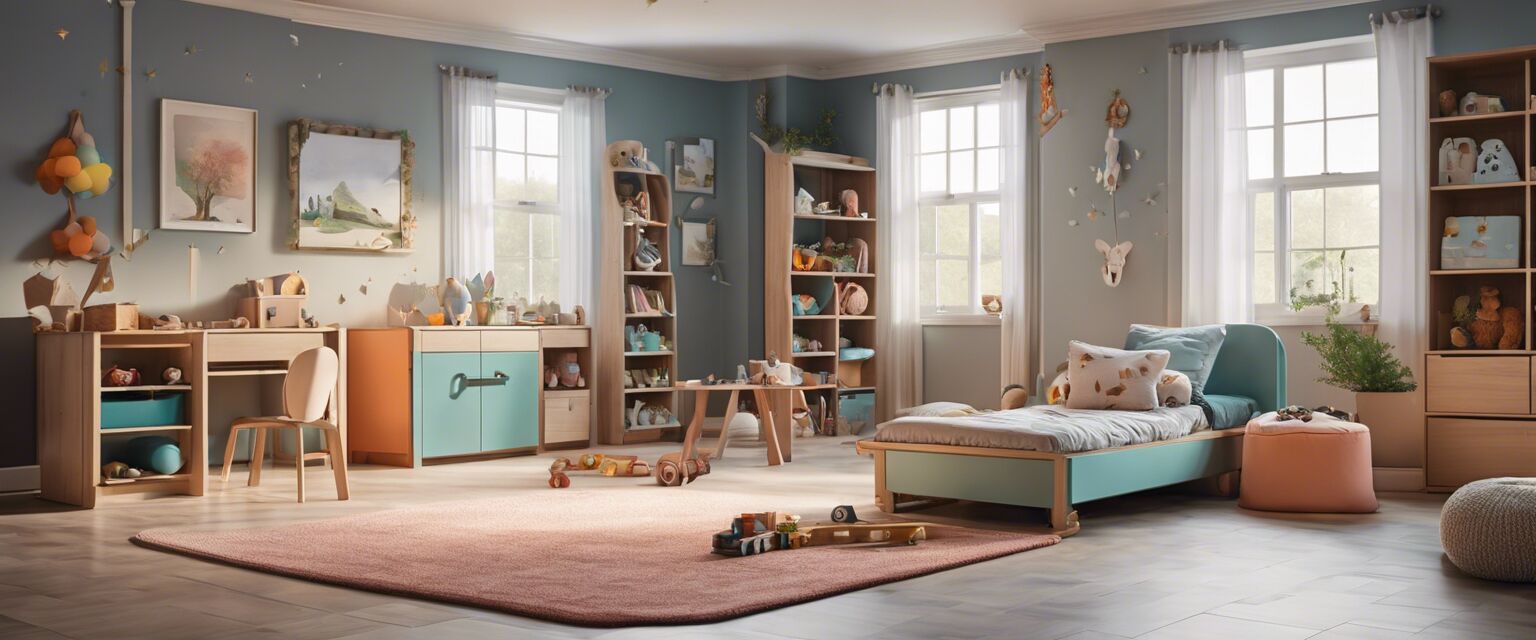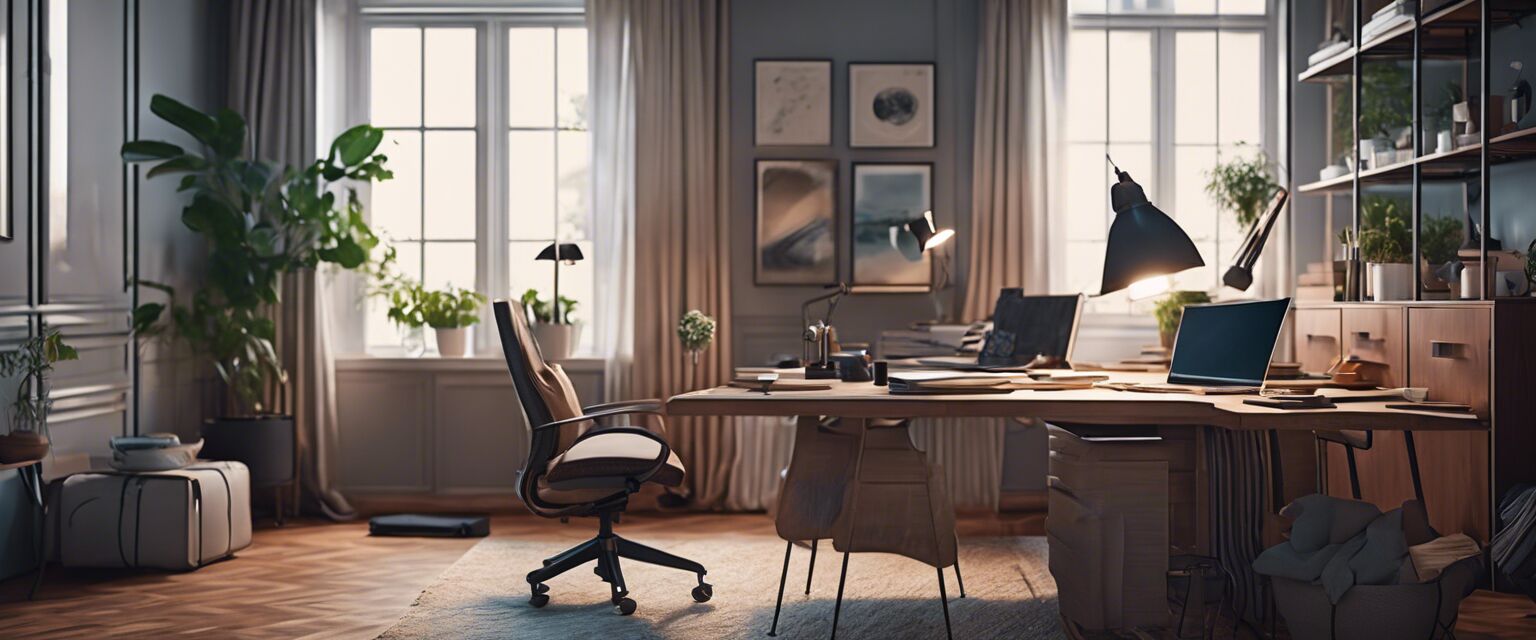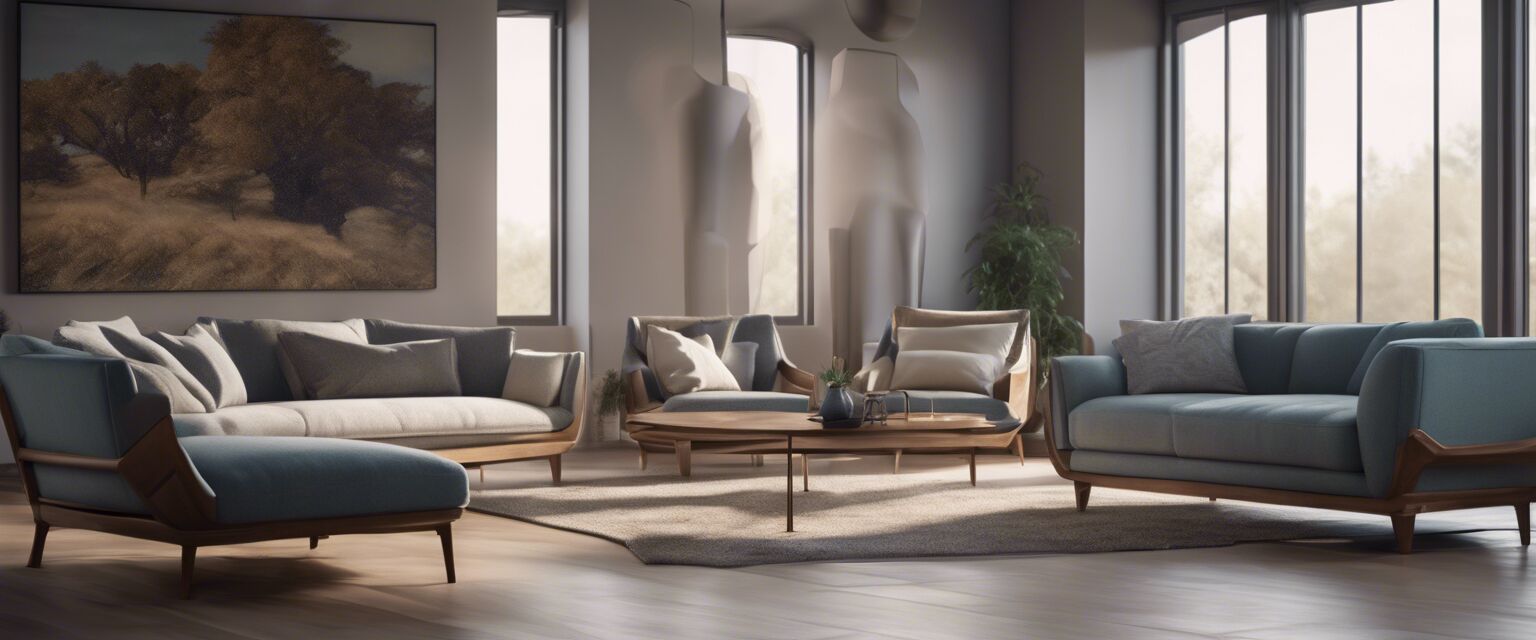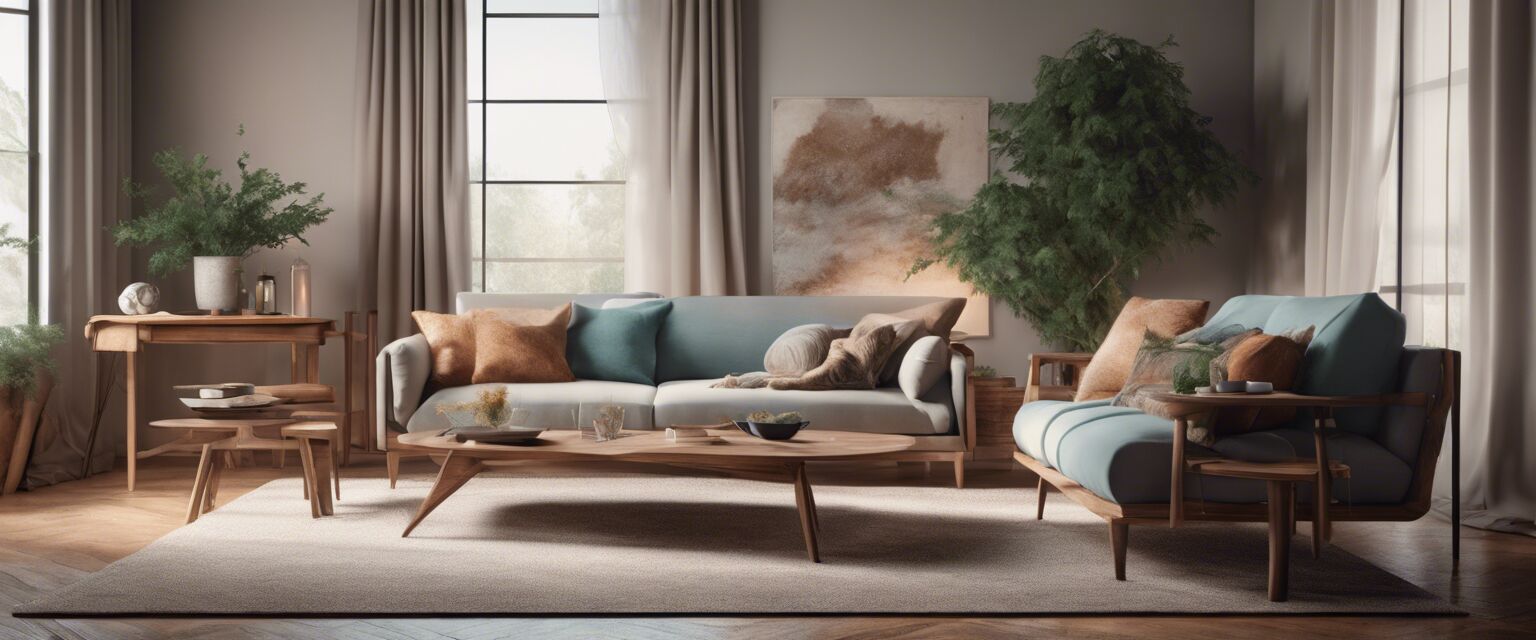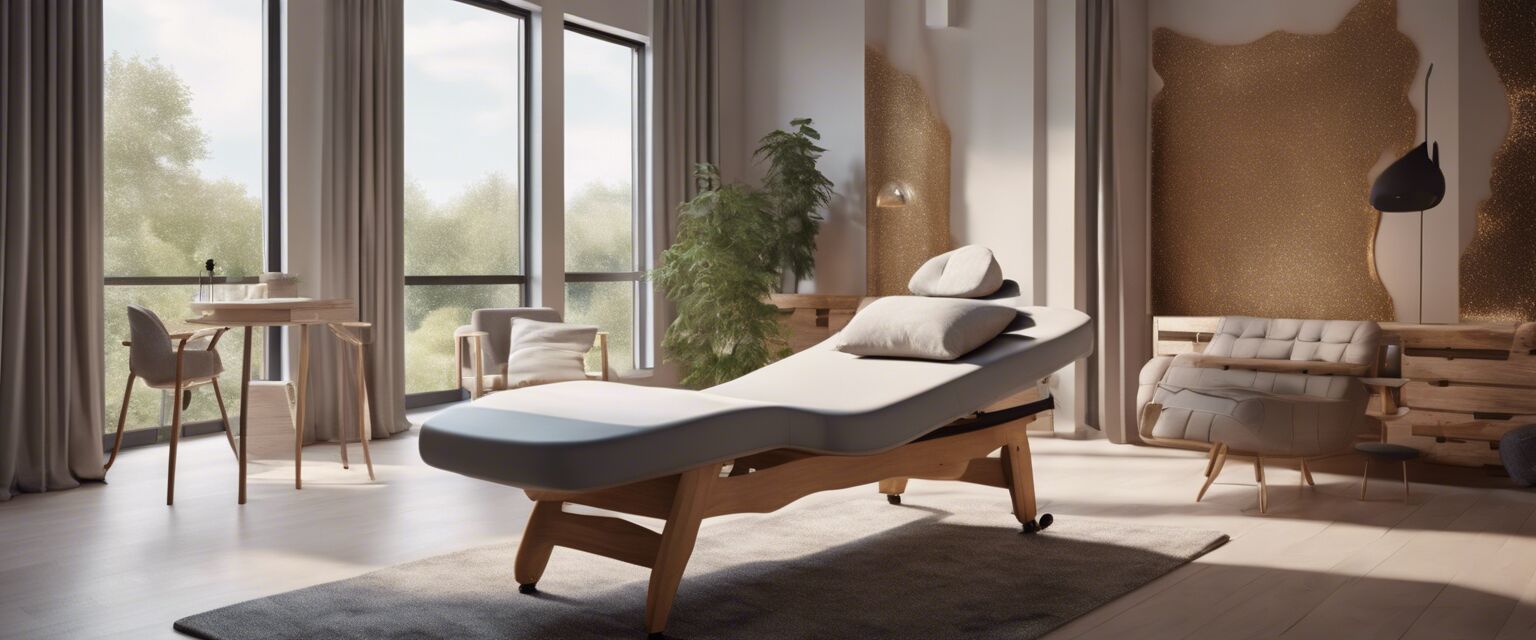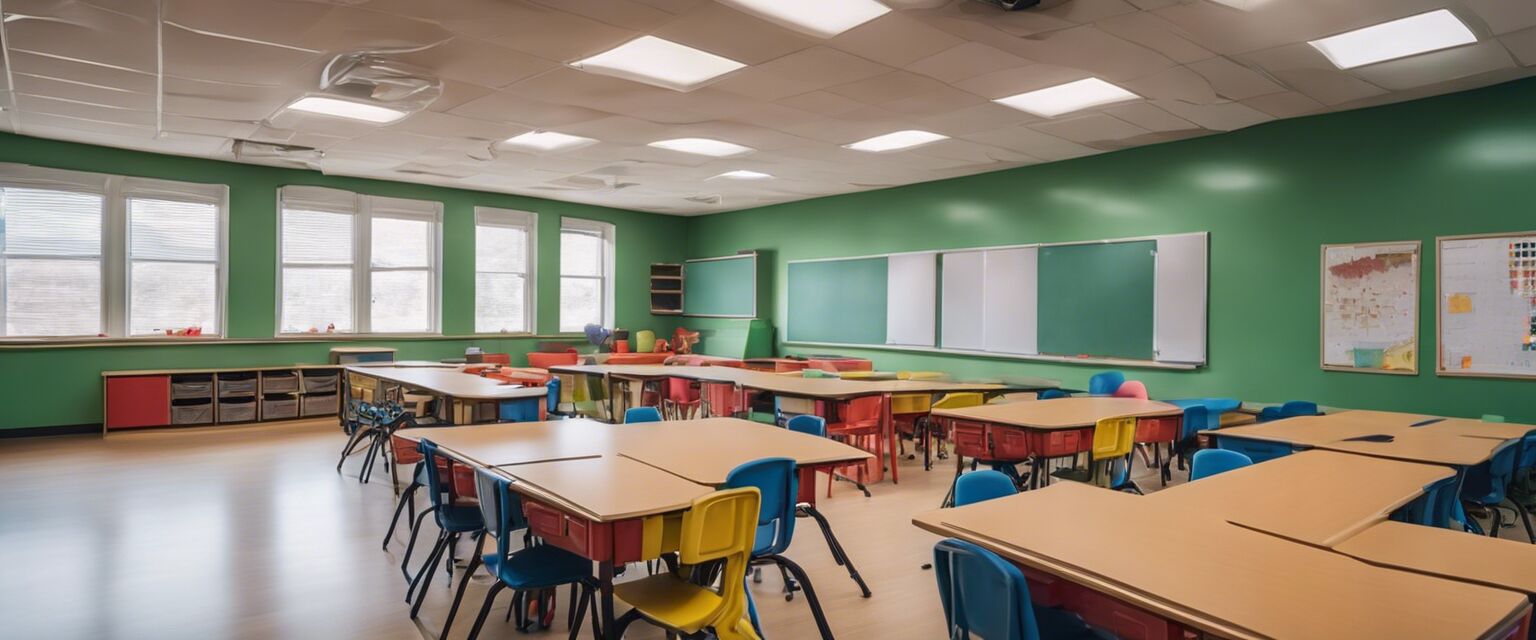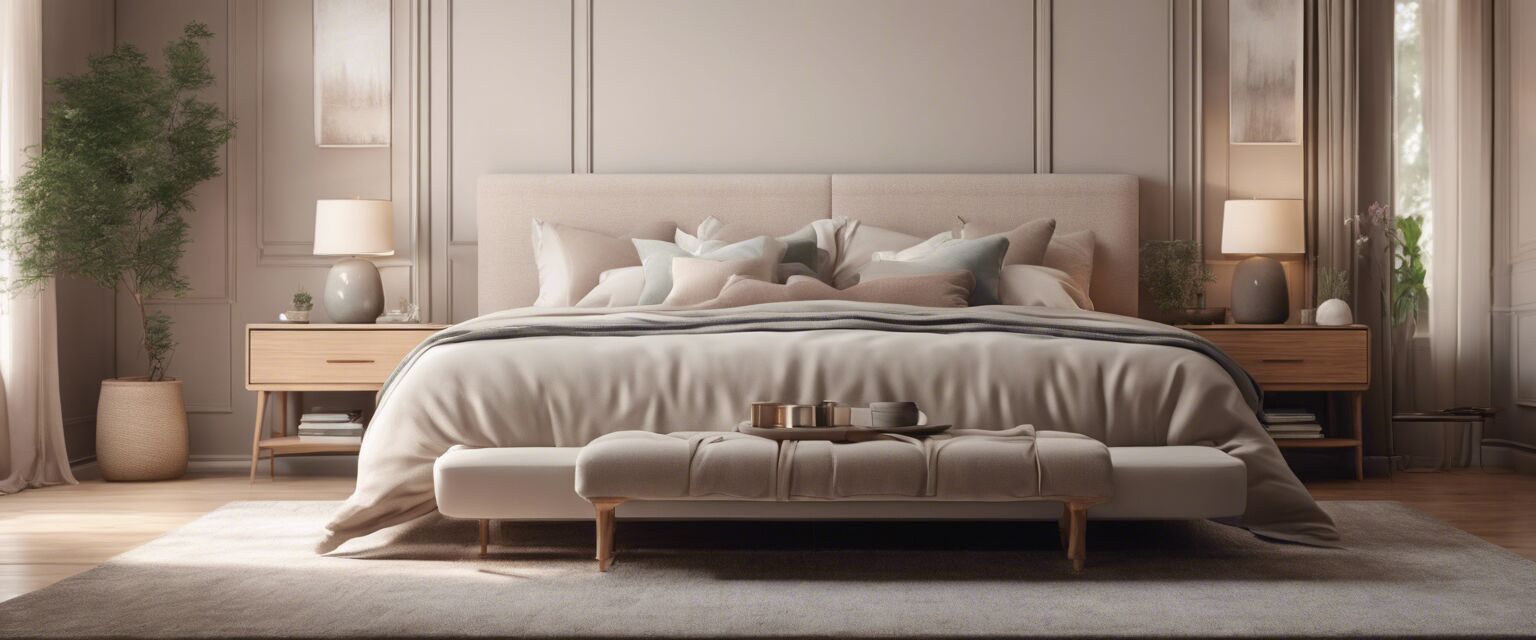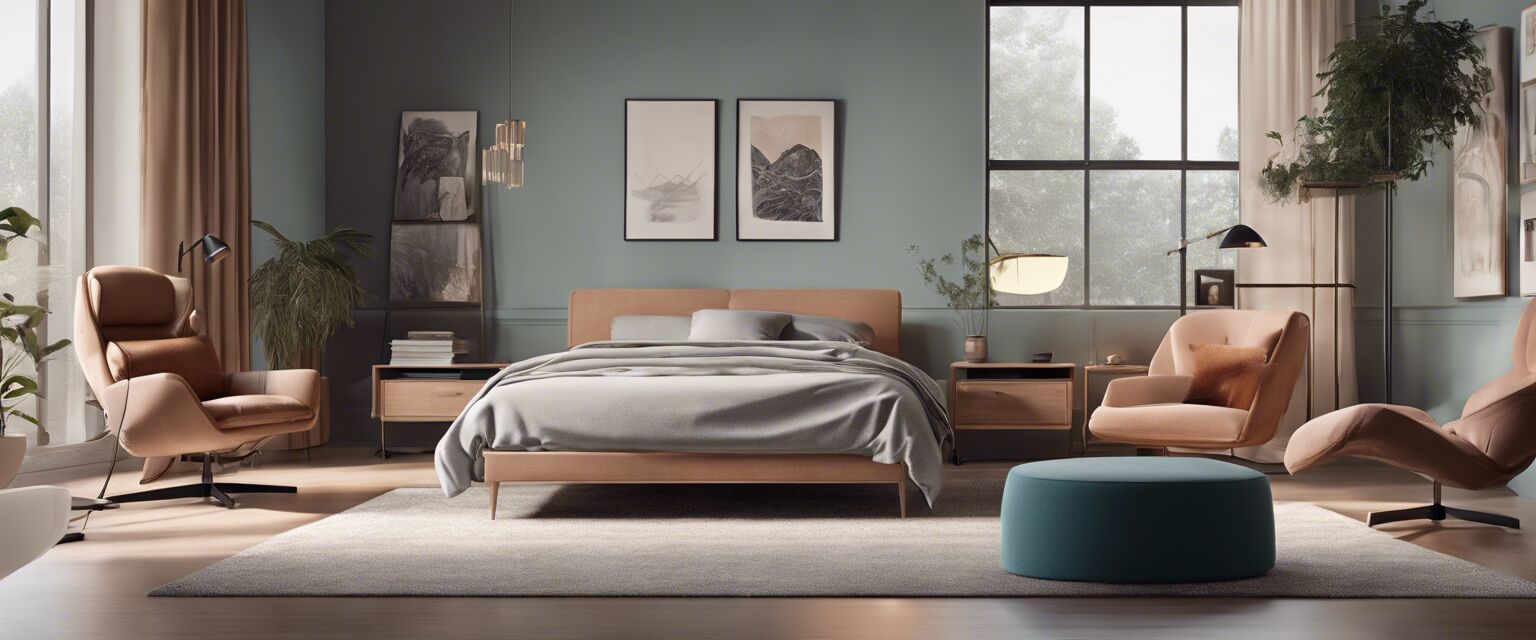
Customizable Sensory Furniture
Key Takeaways
- Customizable furniture enhances comfort and meets individual sensory needs.
- Options include calming beds, ergonomic desks, sensory chairs, and more.
- Choosing the right materials and styles can improve the sensory experience.
- Creating a sensory-friendly environment can contribute to overall well-being.
In today's world, understanding the sensory needs of individuals, especially those with autism, is becoming increasingly important. Customizable sensory furniture offers a tailored solution to enhance comfort and meet specific preferences. This article explores various options available, their benefits, and how to create a sensory-friendly environment.
What is customizable sensory furniture?
Customizable sensory furniture is designed to cater to the unique sensory preferences of individuals. It can be adapted in terms of size, color, texture, and functionality, ensuring that it provides the utmost comfort and meets specific sensory requirements.
Benefits of customizable sensory furniture
- Enhanced comfort through ergonomic designs.
- Reduction of sensory overload with calming colors and textures.
- Increased focus and productivity, especially with ergonomic desks.
- Personalized spaces that reflect individual tastes and preferences.
Types of customizable sensory furniture
Here are some popular types of customizable sensory furniture that cater to various needs:
| Furniture Type | Description | Customization Options |
|---|---|---|
| Calming Beds | Soft, supportive beds designed to create a peaceful sleeping environment. | Size, fabric, color, and adjustable firmness. |
| Ergonomic Desks | Desks that promote good posture and comfort during work or study. | Height adjustment, surface material, and storage options. |
| Sensory Chairs | Chairs designed for comfort and support, reducing sensory overload. | Size, color, and texture options. |
| Quiet Room Accessories | Items to create a calming space, such as soundproofing panels and soft lighting. | Colors, designs, and materials. |
| Sensory Tables | Tables designed for sensory play and activities, promoting engagement. | Height, surface design, and storage features. |
| Therapeutic Sofas | Cozy sofas that provide a comfortable resting space for relaxation. | Fabric, size, and firmness options. |
Choosing the right materials and styles
When selecting customizable sensory furniture, it is essential to consider materials and styles that align with individual sensory needs. Below are a few suggestions:
- Soft fabrics: Choose materials such as velvet or cotton for a calming effect.
- Neutral colors: Opt for soft, muted tones that reduce visual stimulation.
- Adaptive designs: Look for furniture that can adjust to different positions or settings.
Creating a sensory-friendly environment
A sensory-friendly environment goes beyond furniture. Here are some tips for creating a space that caters to sensory needs:
Tips for beginners
- Start with a calming color palette to promote relaxation.
- Incorporate textures that are soothing to touch, such as soft rugs and cushions.
- Use lighting that can be adjusted to avoid harsh glare.
- Consider soundproofing elements to minimize noise distractions.
Conclusion
Customizable sensory furniture is an excellent way to create a comfortable and supportive environment for individuals with unique sensory needs. By understanding the different options available and how they can be tailored, you can make informed choices that enhance well-being and comfort.
Pros
- Highly customizable to meet individual preferences.
- Enhances comfort and well-being.
- Promotes focus and productivity.
- Encourages a calming environment.
Cons
- May require a higher investment compared to standard furniture.
- Customization options can be overwhelming for some.
- Lead times for custom orders may vary.
Frequently asked questions
- How can I determine the best furniture for sensory needs? Consider conducting assessments to identify specific sensory preferences and needs.
- Are there specific brands known for customizable sensory furniture? Research various brands to find those that specialize in sensory-friendly designs.
- Can I return customized furniture if it doesn't meet my needs? Review the return policies of the manufacturer before making a purchase.

